
JR, the mysterious French artist and photographer, got an early start on his career. The 32-year-old has spent more than a decade touring the globe, partnering with the world’s most sought after artists and organizations, and creating a grassroots movement around his work. No wonder the publisher Phaidon would choose to dedicate close to 300 pages to his work, in a new retrospective monograph—an honor usually bestowed on a few select and older artists.
JR’s career, as illustrated in the form of a comic book in the first pages of this latest monograph, started in the streets of Paris and its suburbs. It was in those years, as the result of a serendipitous find of a camera left behind in the metro, that he discovered photography. He began taking pictures his friends and the residents of Les Bosquets, a rough neighborhood in Clichy-sous-Bois, a few miles outside of Paris. His signature style? Black-and-white photographs he’d then print supersized and paste on the neighborhood’s walls, a format that would be recognizable today to many of his fans.
In 2005, when two teenagers of immigrant descent, Zyed Benna and Bouna Traoré, were electrocuted after fleeing the police, the neighborhood exploded. The resulting riots, which spread across France, brought the country’s media to Les Bosquets, where JR’s giant portraits greeted journalists.
The rest, as they say, is history. JR brought his work all over the world, from Liberia to Brazil, Paris to New York City. Each time, he’d print large-scale portraits of the people he met, pasting them on walls, streets and buildings. In 2007, he gained further recognition when he pasted portraits of Israelis and Palestinians on both sides of the separation wall in the West Bank. That’s when he realized his art could foster dialogue. “When I was on my ladder pasting these images on the wall, I wasn’t able to answer some of the journalists’ questions, so the people whose photographs I was pasting started answering them for me,” he told TIME last year. “I loved hearing their answers because it showed me what this project meant to them. Suddenly, what was a super egocentric project became something more meaningful.”
This was the birth of his Inside Out project, which invites anyone and everyone to send in their own portraits with a short text laying out their beliefs. JR then prints and ships back the poster-size version of the portrait, inviting the authors to paste it themselves on their own walls in their own streets.
The project continues to this day with people in more than 140 countries participating.
Now, this work forms part of JR’s retrospective monograph, which asks a simple yet difficult to answer question: Can art change the world? For curator Nato Thompson, who prefaces the book, JR’s expansive oeuvre has managed to both capture the imagination of the world and to expand the meaning of public art. “JR’s desire to touch people’s lives allowed him to become a photographer who was willing to let go of everything that constitutes photography in order to re-invent the medium itself with a much more expansive capability,” he writes
Indeed, through his Inside Out project, JR has ignored photography’s central tenant: that of authorship. Most of “his” photographs, such as the 4,000 portraits he put up on Paris’ Pantheon last year, have been shot, and at times printed, by the very same people who appear in the project. ”It really shows that Inside Out is not mine anymore and that it will live on,” he told TIME. “The idea cannot be killed.”
And judging from Phaidon’s imposing monograph – one that is sure to be a popular fixture on this year’s Christmas lists – he’s probably right.
The monograph JR, Can Art Change the World? is published by Phaidon.
Mikko Takkunen, who edited this photo essay, is the International Photo Editor at TIME.com. Follow him on Twitter @photojournalism.
Olivier Laurent is the editor of TIME LightBox. Follow him on Twitter and Instagram @olivierclaurent
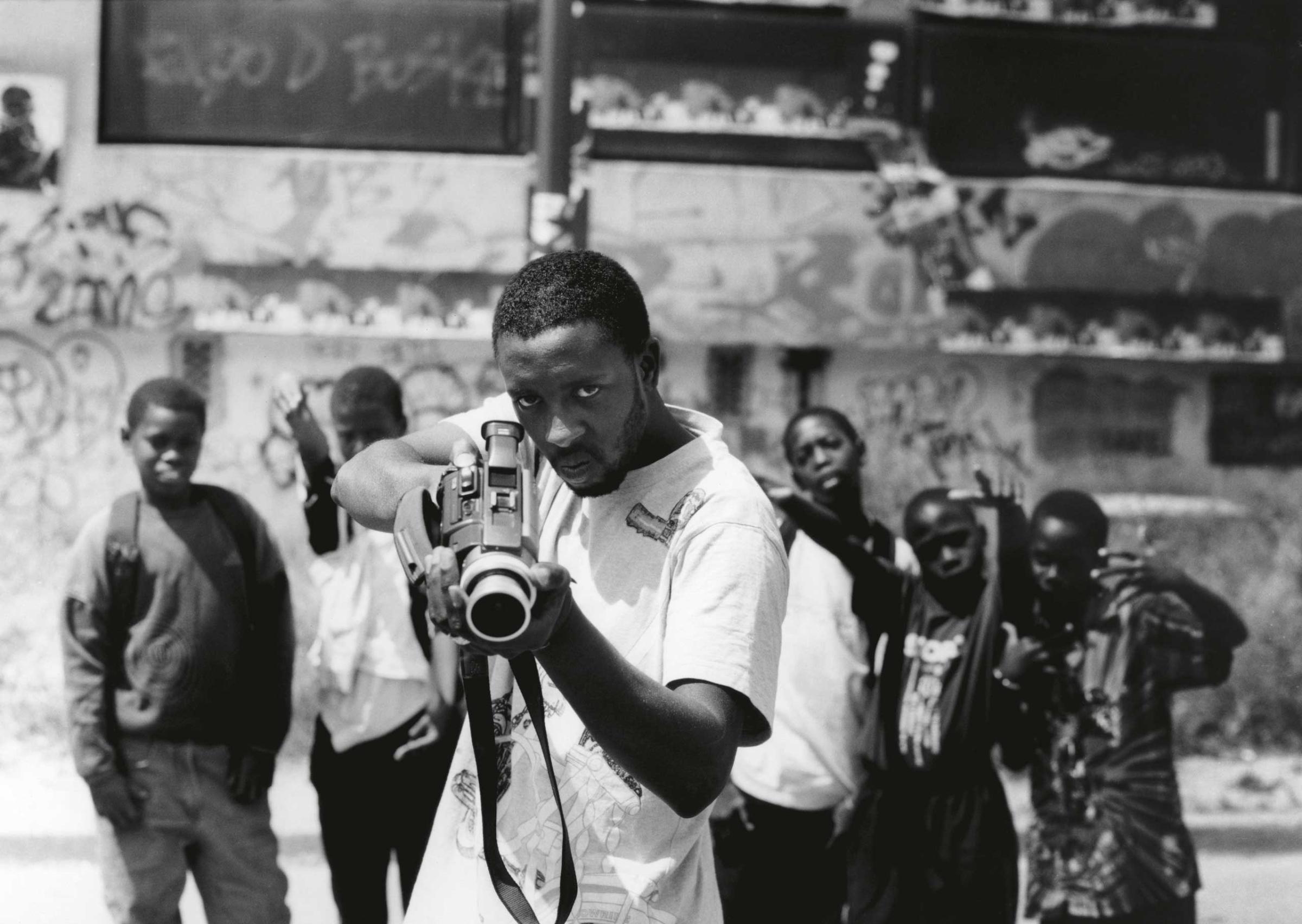

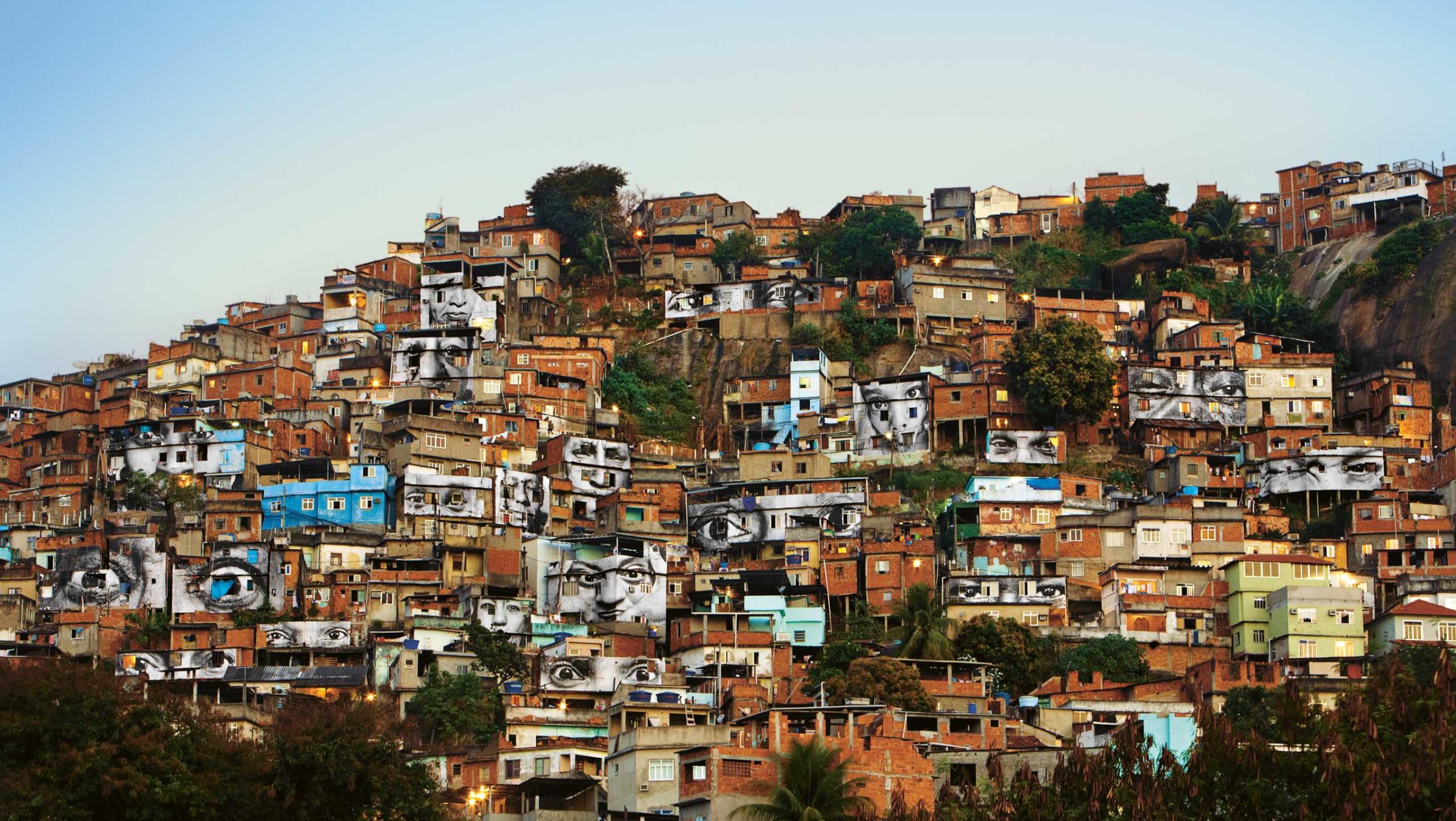
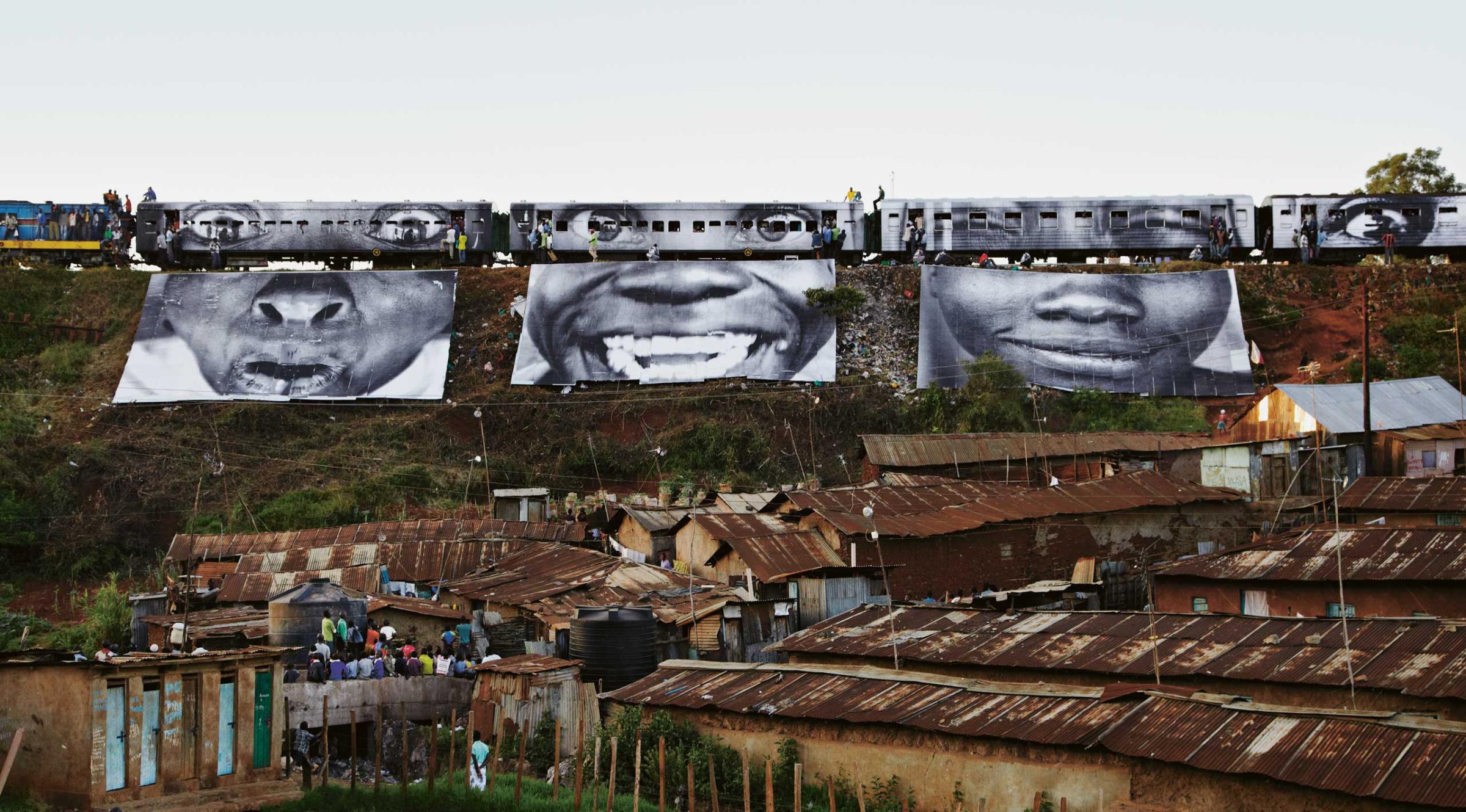
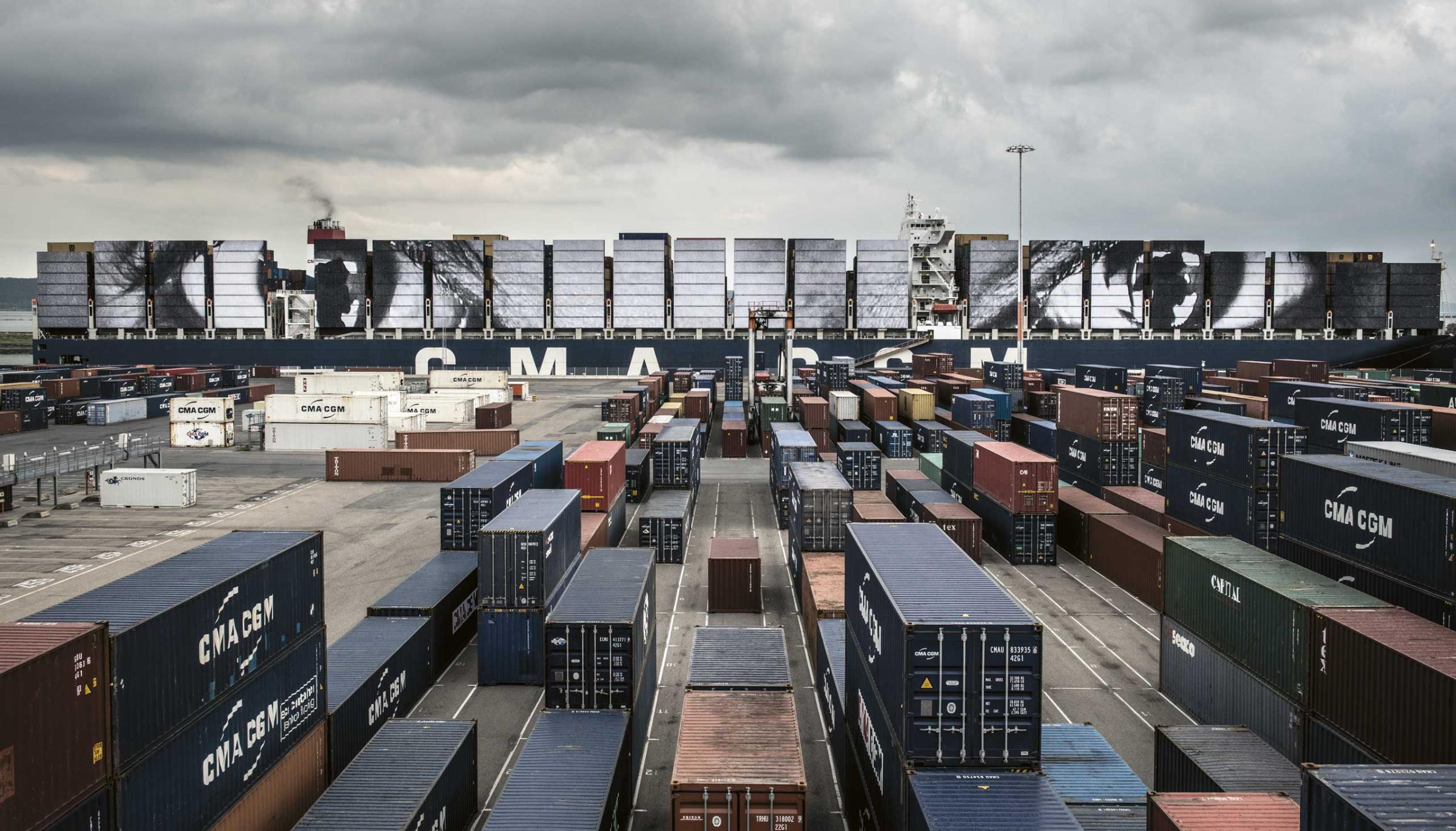

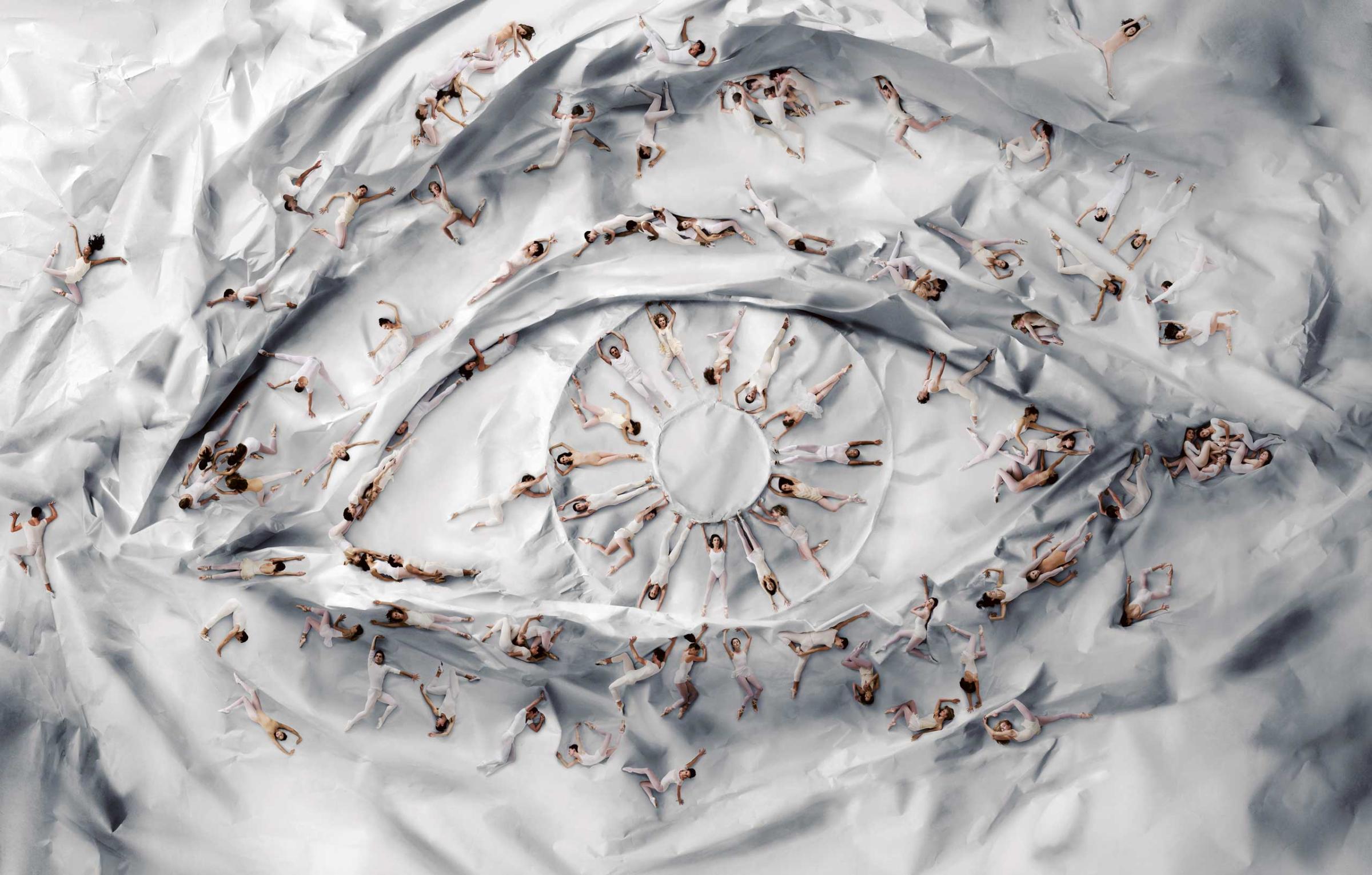

More Must-Reads from TIME
- Cybersecurity Experts Are Sounding the Alarm on DOGE
- Meet the 2025 Women of the Year
- The Harsh Truth About Disability Inclusion
- Why Do More Young Adults Have Cancer?
- Colman Domingo Leads With Radical Love
- How to Get Better at Doing Things Alone
- Michelle Zauner Stares Down the Darkness
Contact us at letters@time.com